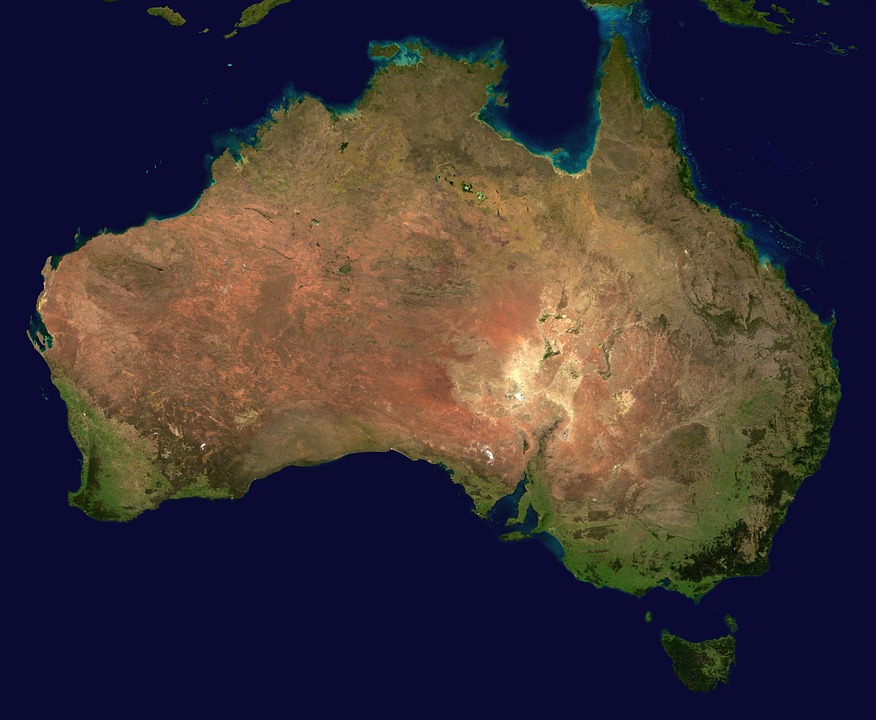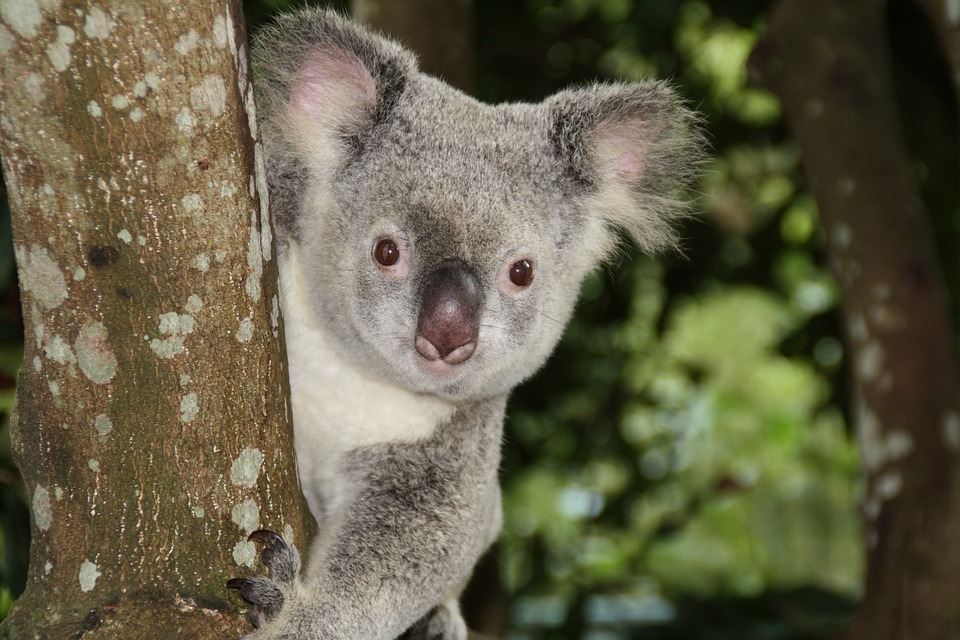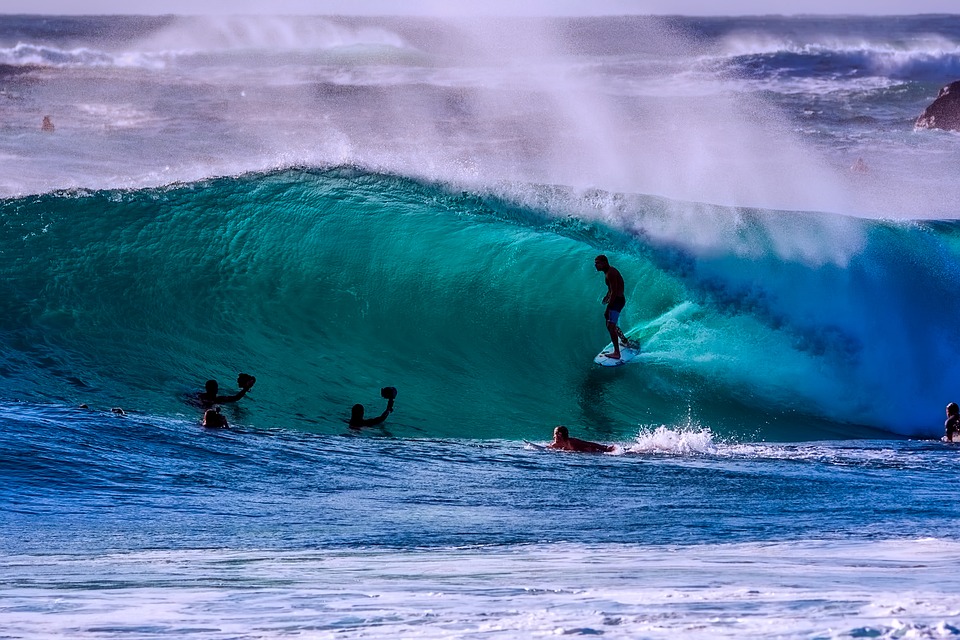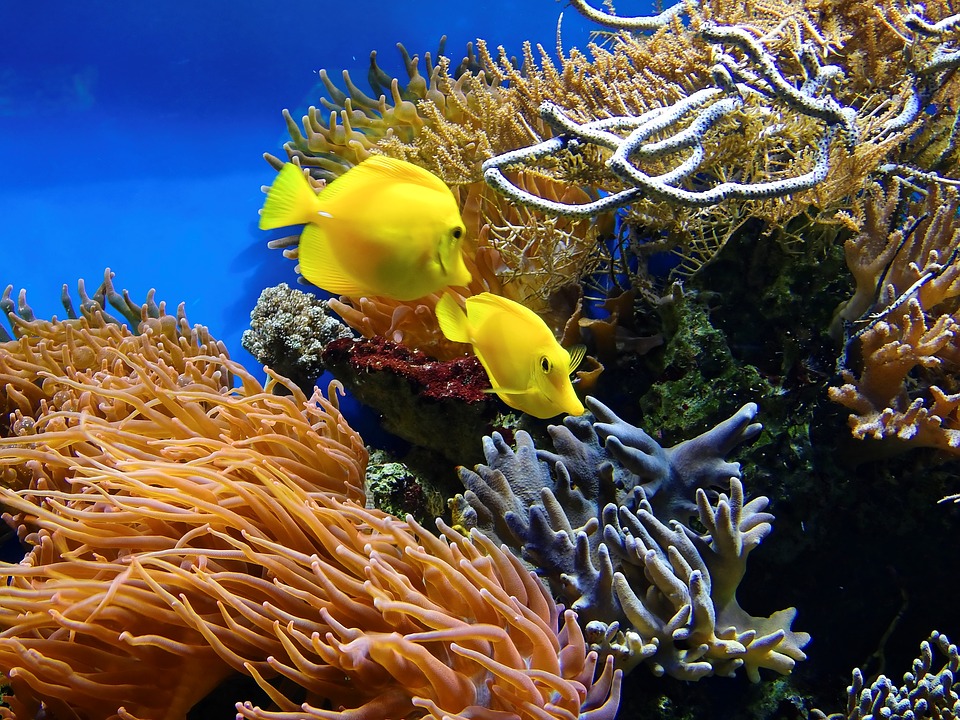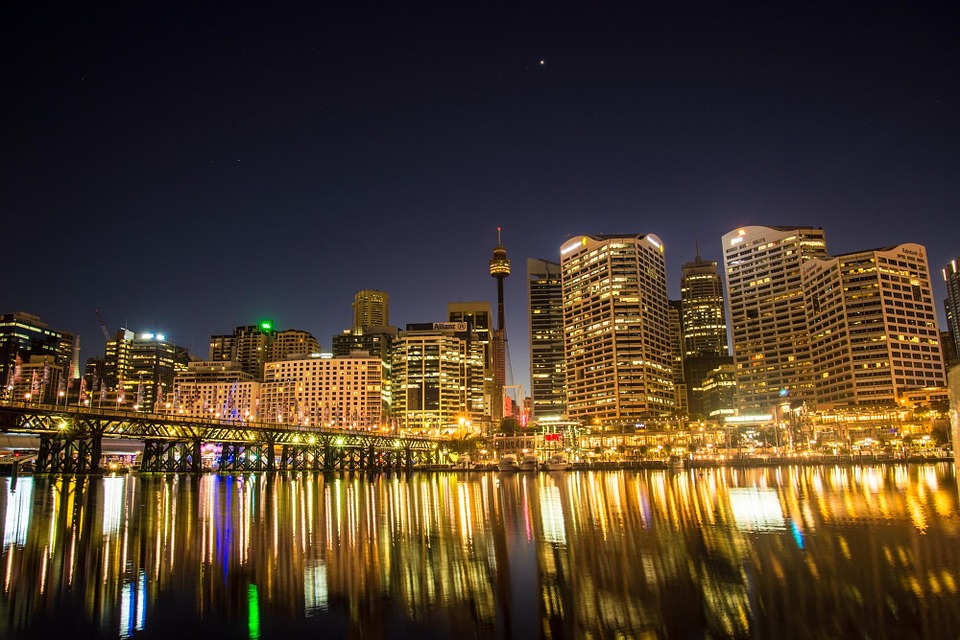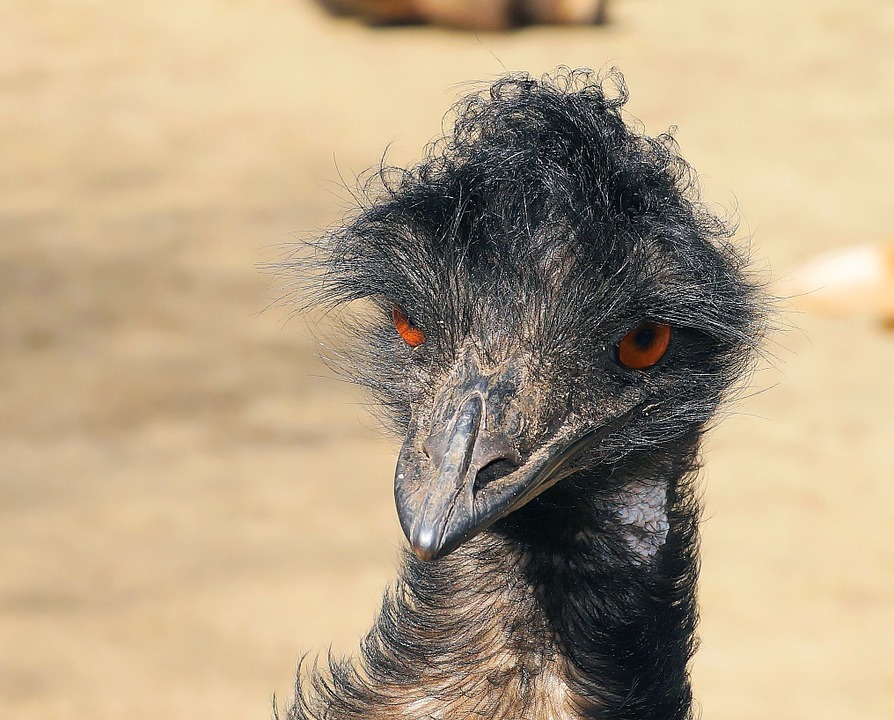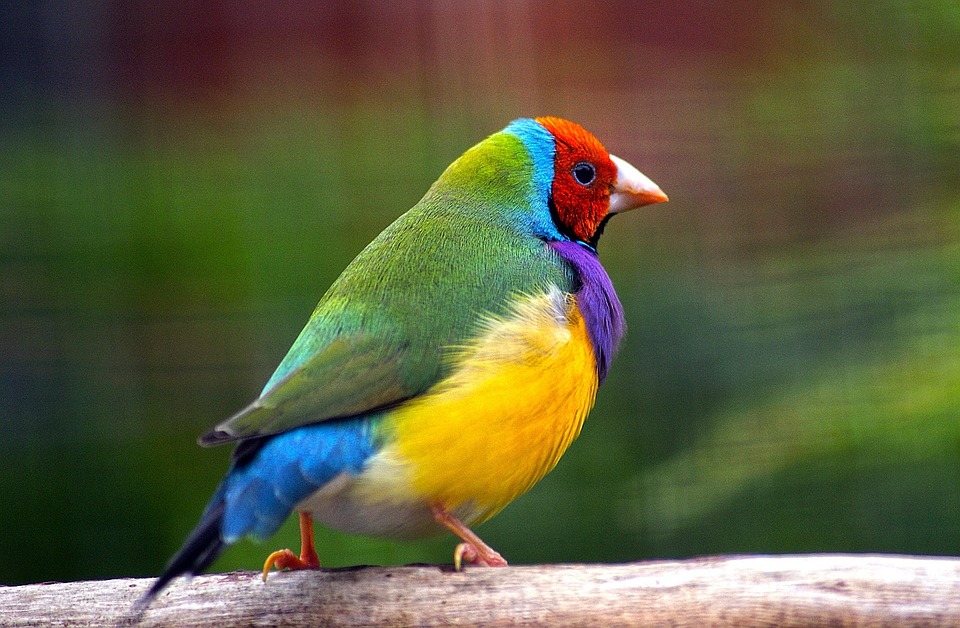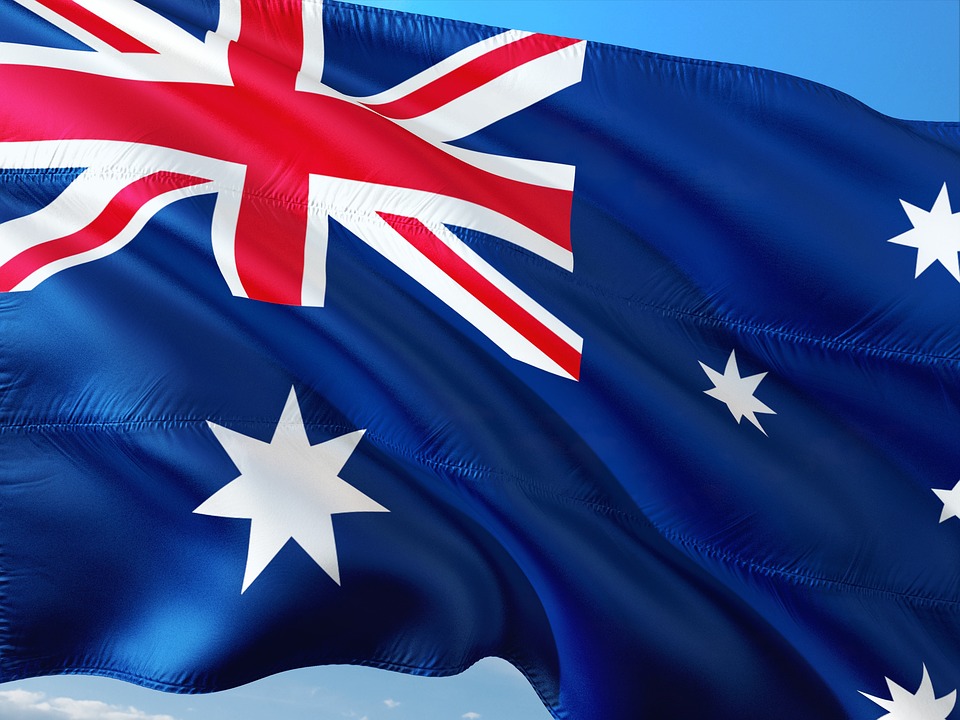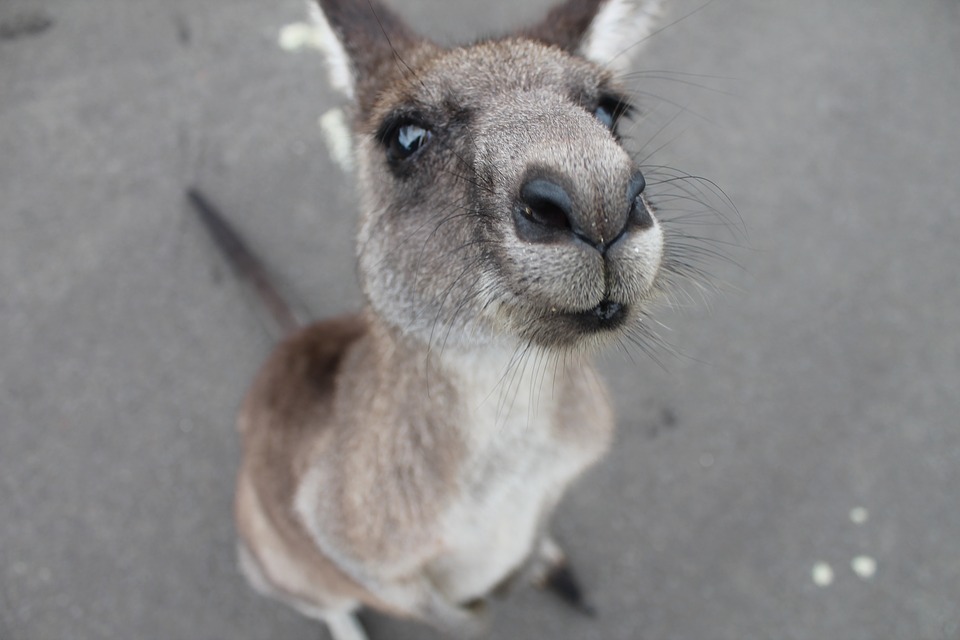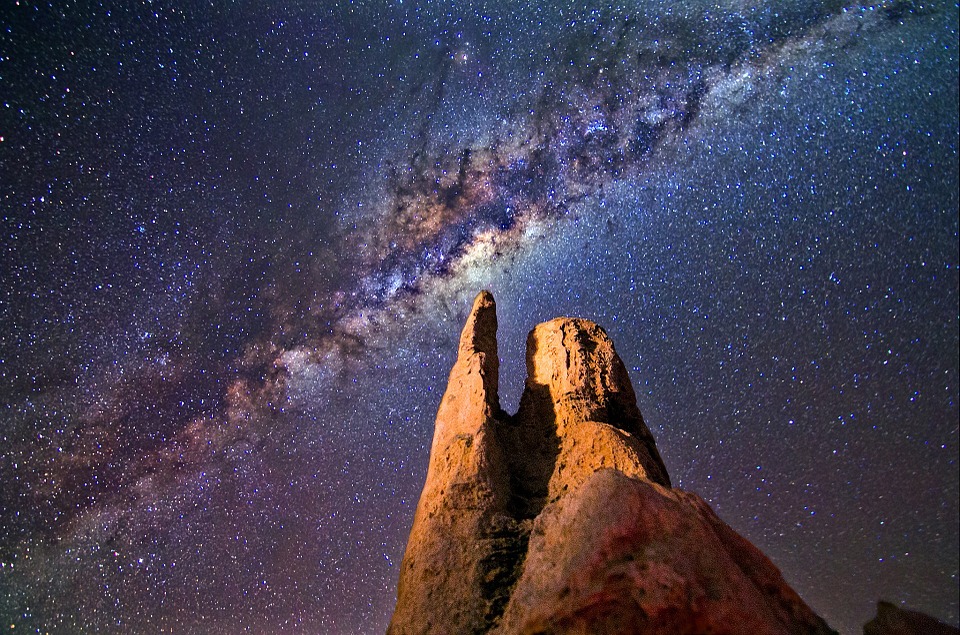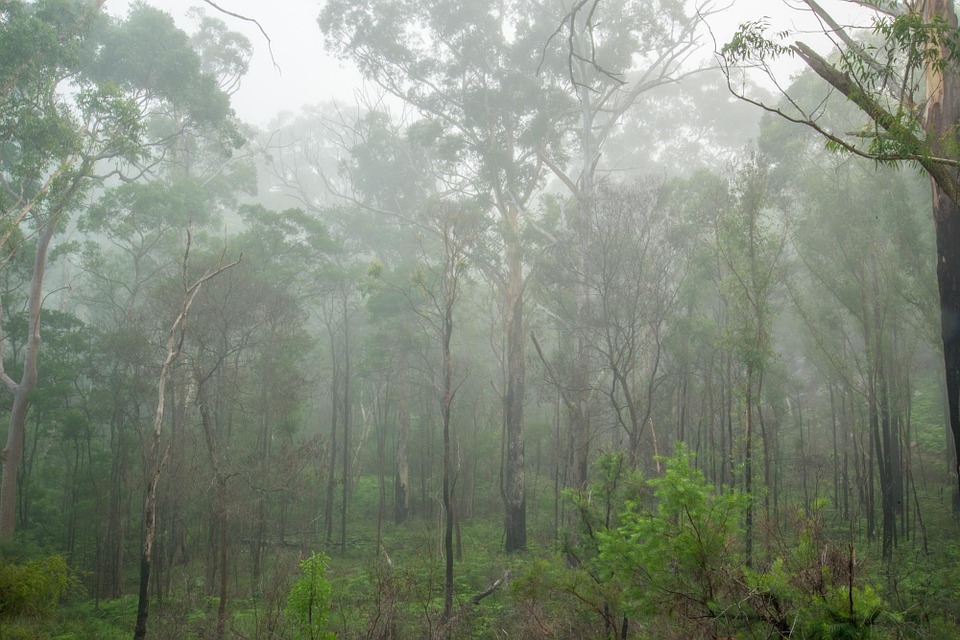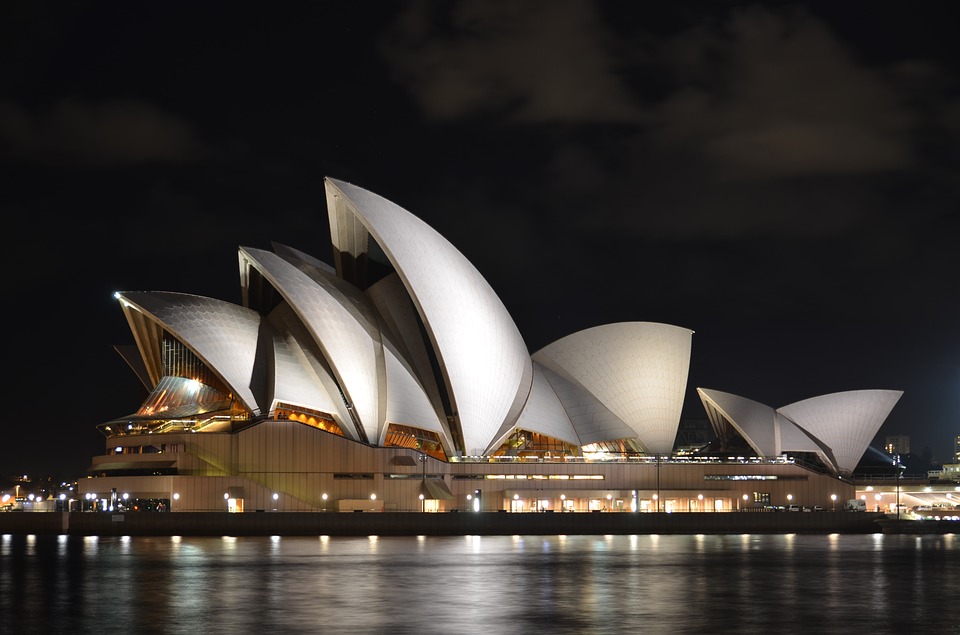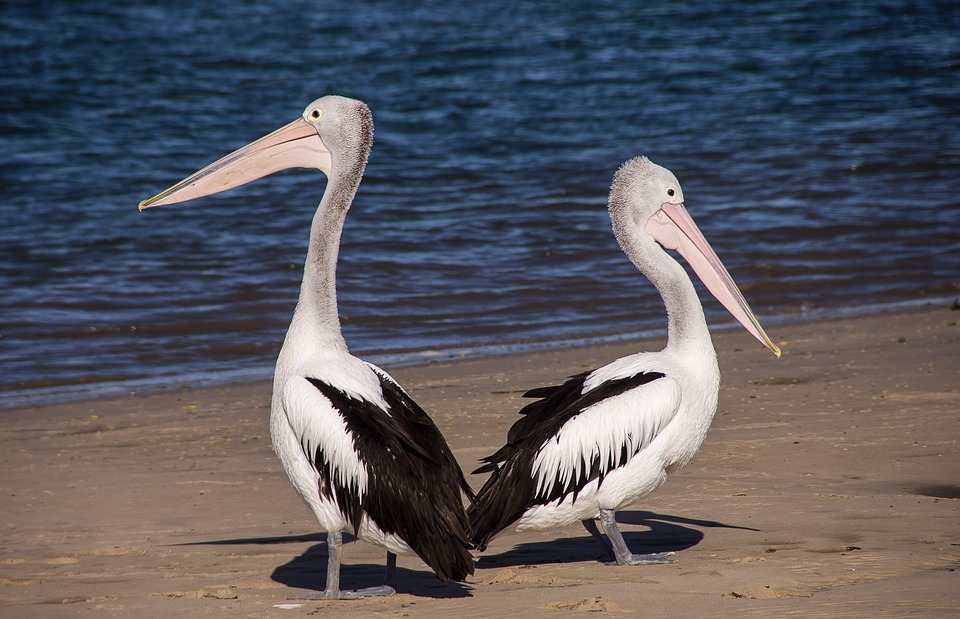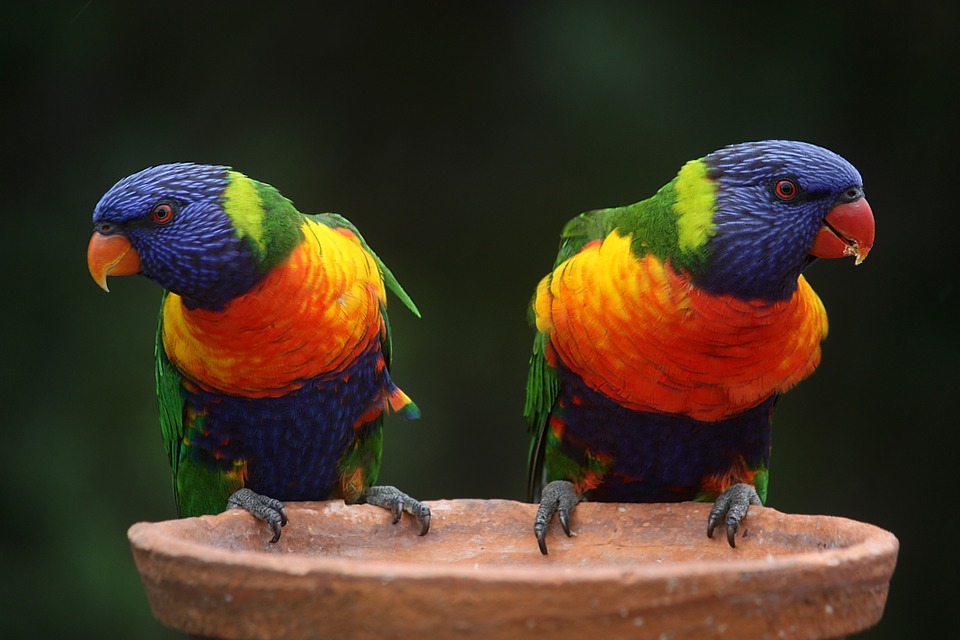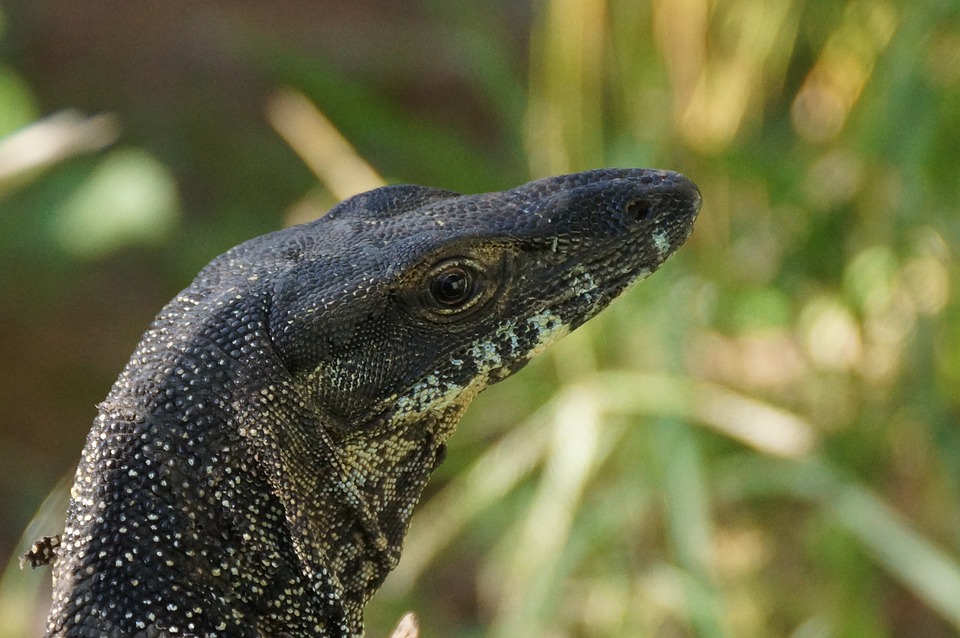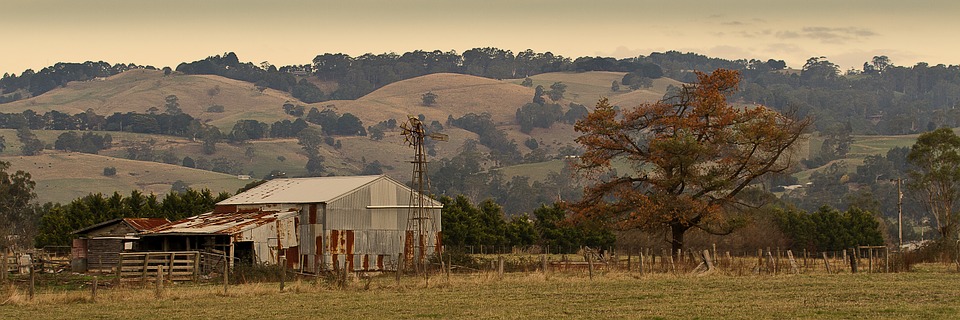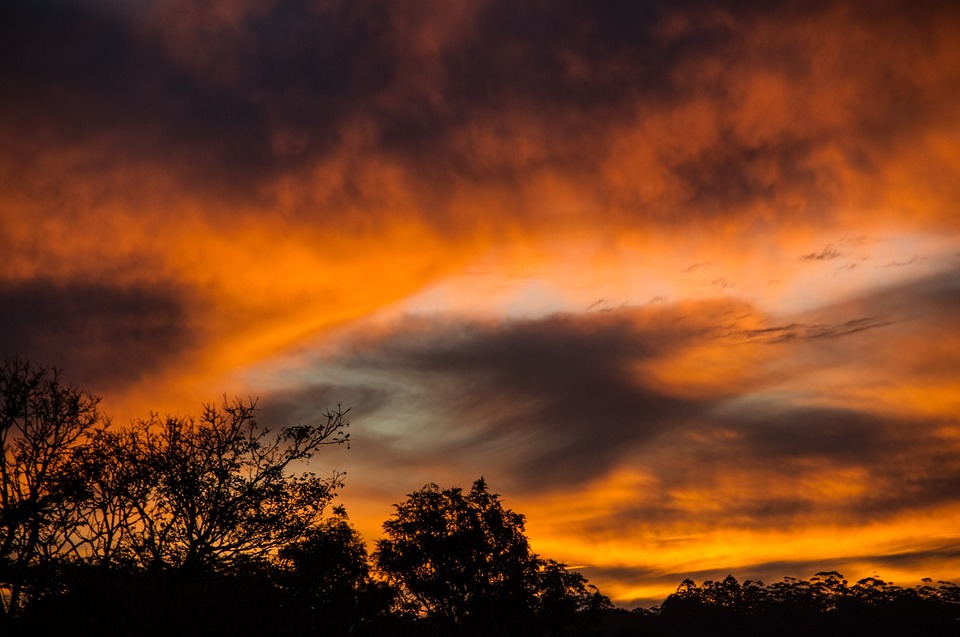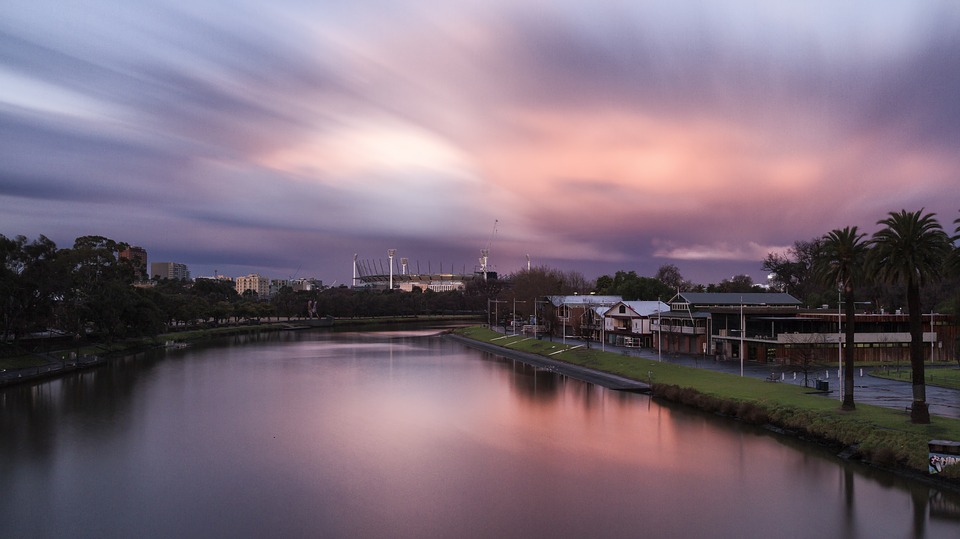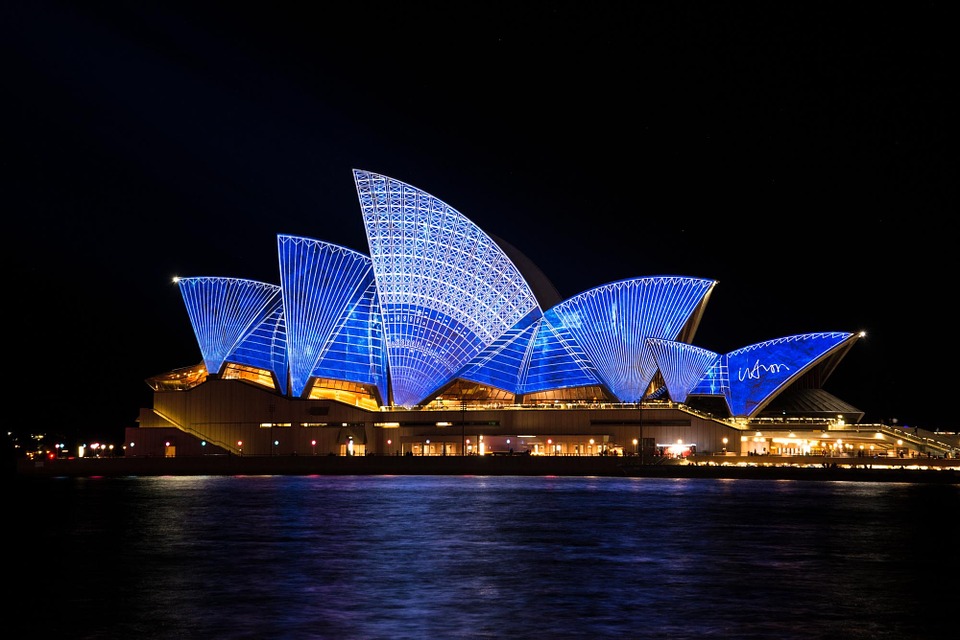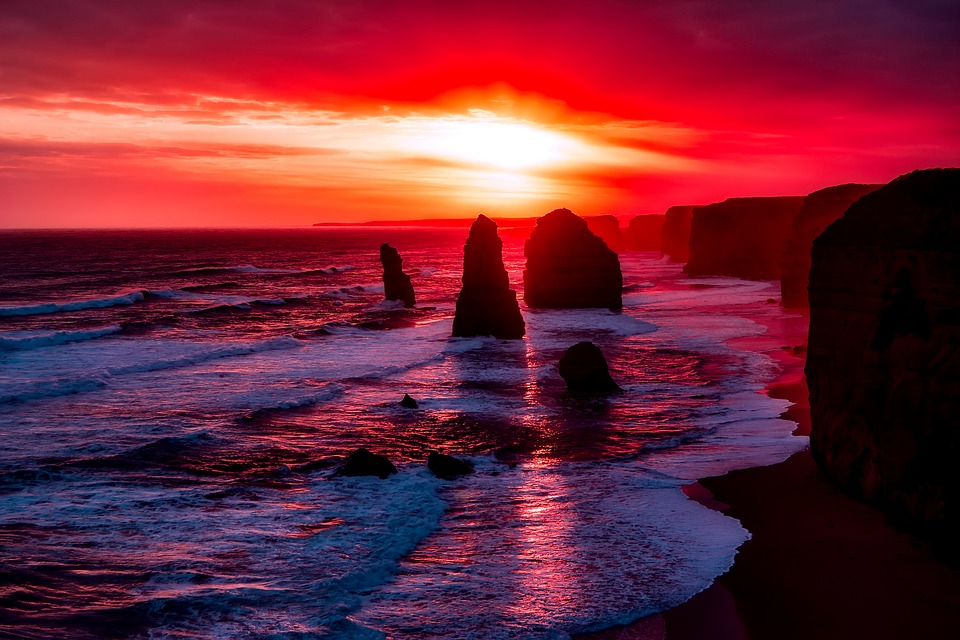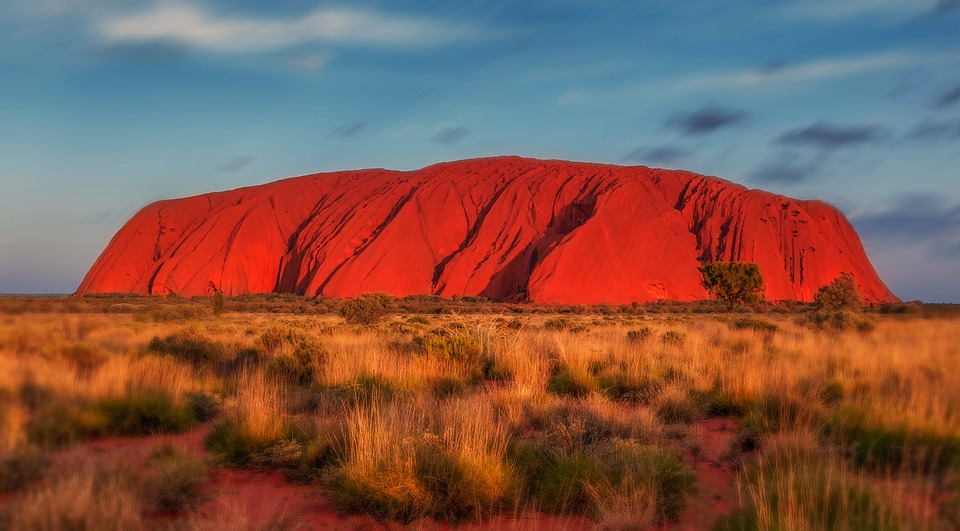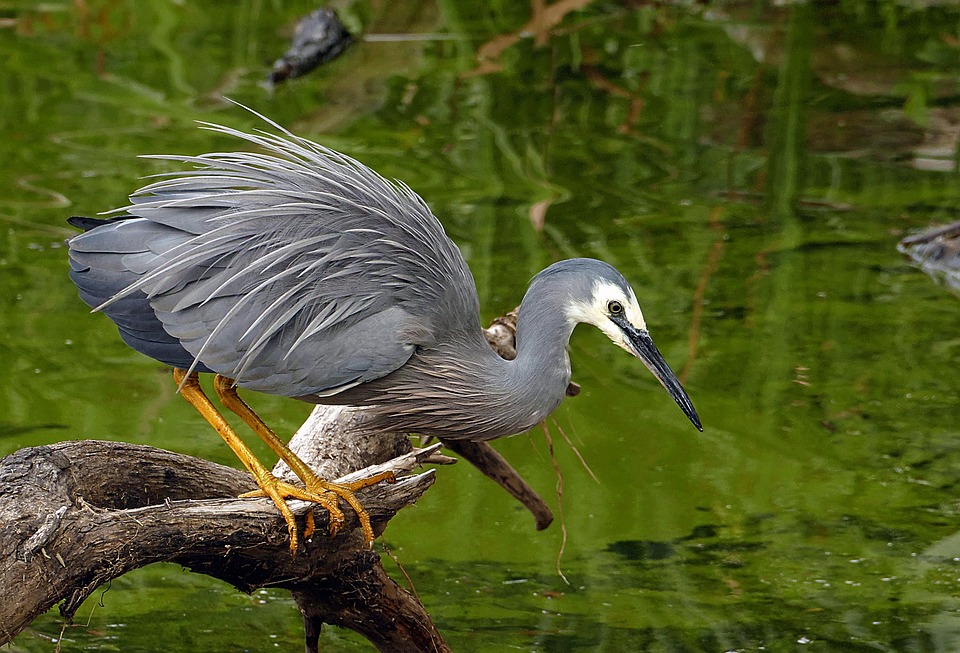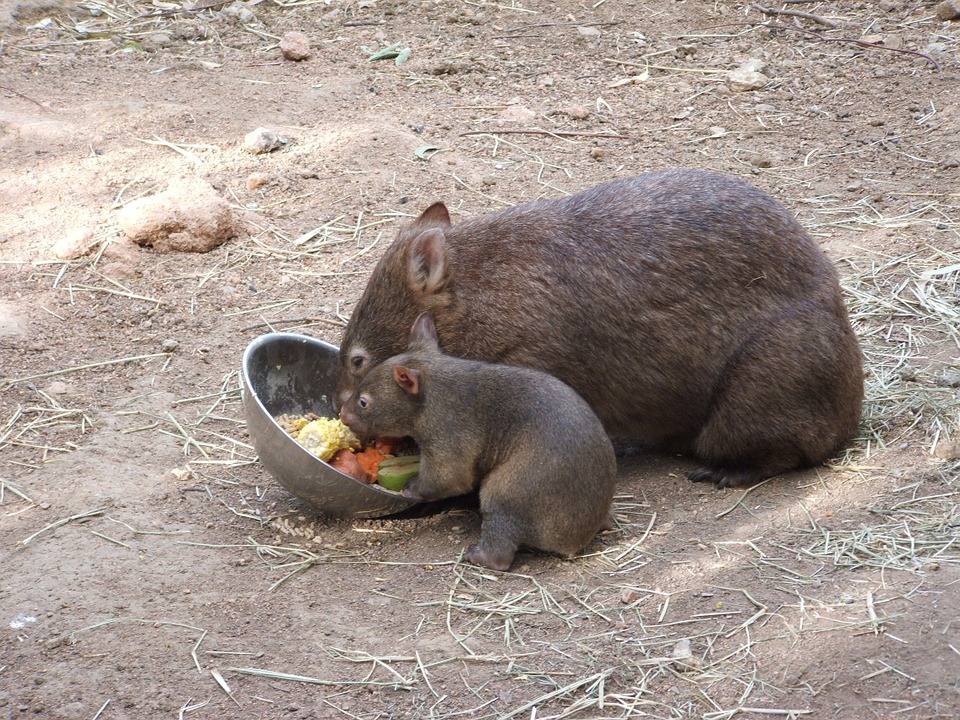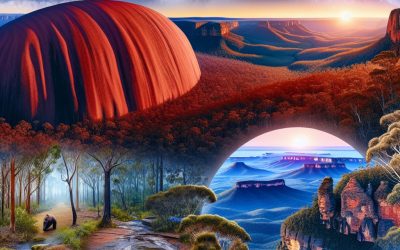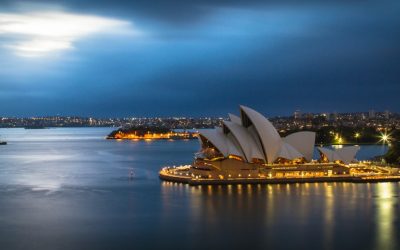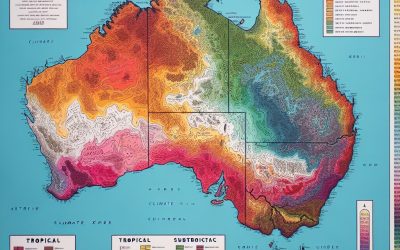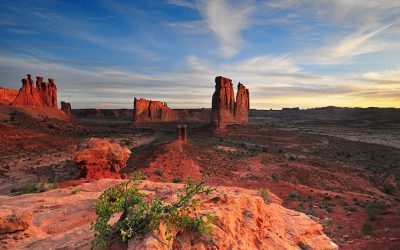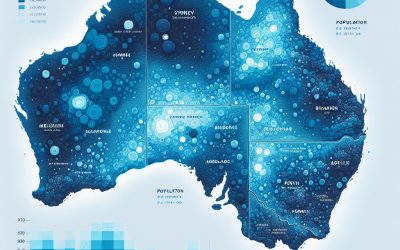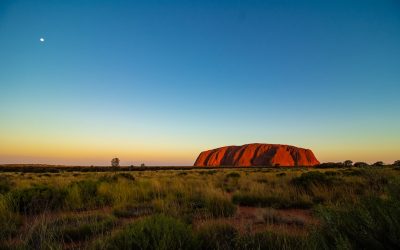Australia
(Commonwealth of Australia)

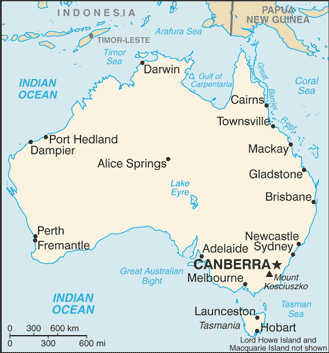
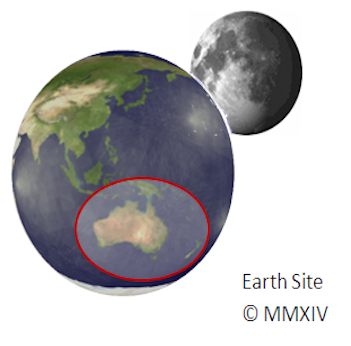
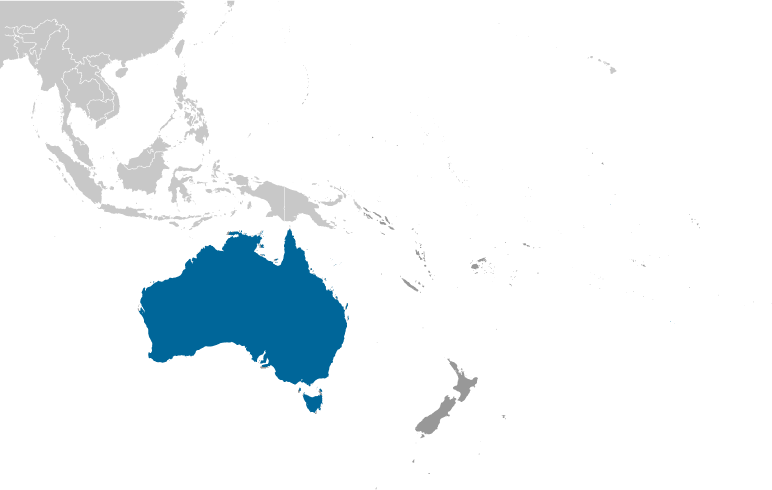
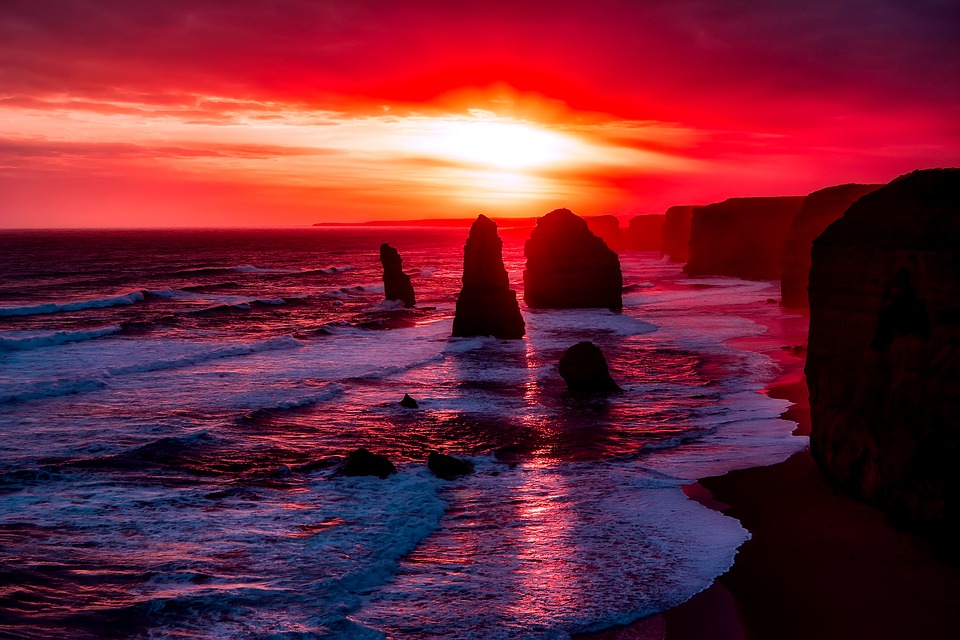
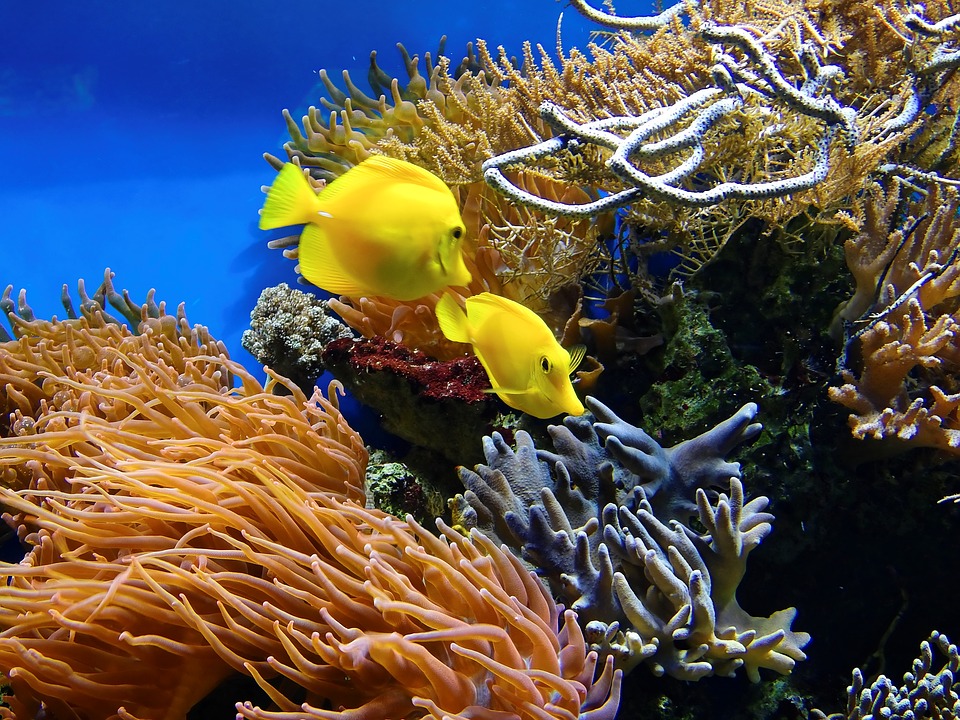

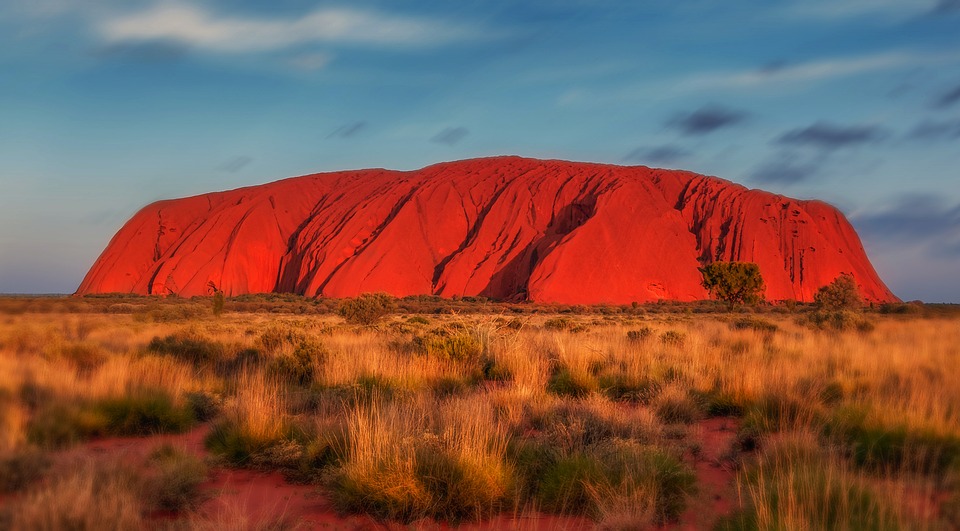
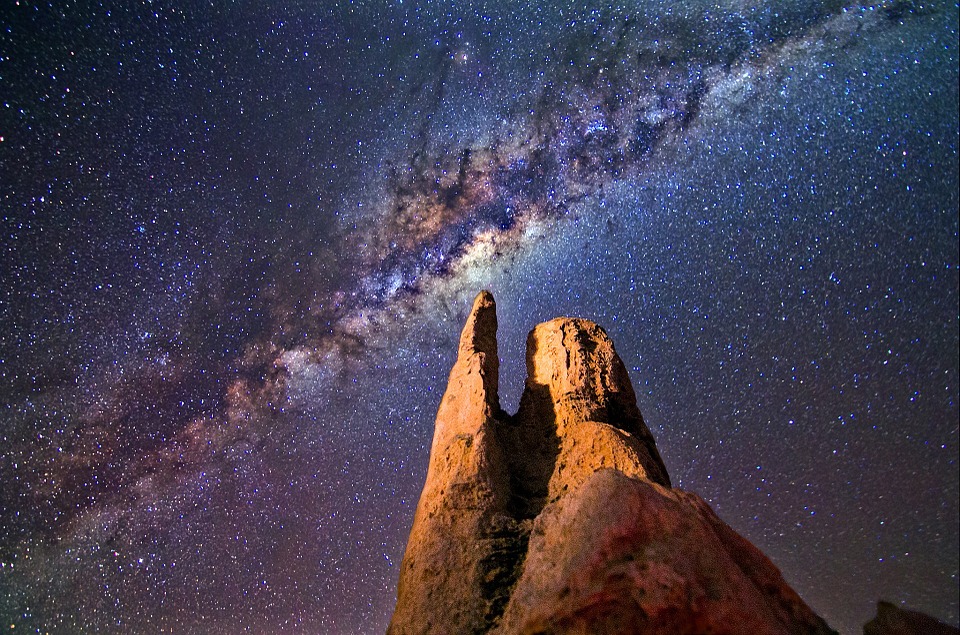
Capital: Canberra
Population (Estimated July 2017): 23,232,413
Area: 7,702,501km2 or 2,973,952mi2
Currency: Australian Dollar ($A)
Official Language: English
Political Information: Federal Parliamentary State
Official Religion: No Official Religion (approximately 27.4% of the population are Protestant, 25.8% are Roman Catholic, 10.6% have other Christian beliefs, 2.1% are Buddhist, 1.7% are Muslim, 13.7% have unspecified or other religious beliefs and 18.7% have no religious beliefs)
Highest Mountain: Mount Kosciuszko at 2,229m or 7,313ft
GDP Official Exchange Rate (OER is more precise at gauging a countries economic power)
(Estimated 2017): $1.39 trillion (US$) or £1.04 trillion (GBP)
GDP (OER) Per Capita (per member of the population estimated 2017): $49,755 (US$) or £37,279(GBP)
GDP Purchasing Power Parity (PPP is good for gauging living conditions and use of resources but not as accurate as OER. This data has been calculated based on the sum value of all goods and services produced in the country valued at prices prevailing in the United States)
(Estimated 2017): $1.235 trillion (US$) or £930 billion (GBP)
GDP (PPP) Per Capita (per member of the population estimated 2017): $49,000 (US$) or £36,710 (GBP)
Time Zone (GMT/UTC): +10:00
Counties/Provinces/States: Australian Capital Territory, New South Wales, Northern Territory, Queensland, South Australia, Tasmania, Victoria, Western Australia
Dependencies: Ashmore and Cartier Islands, Christmas Island, Cocos (Keeling) Islands, Coral Sea Islands, Heard Island and McDonald Islands, Macquarie Island, Norfolk Island
Leaders: Queen of Australia ELIZABETH II (since 6 February 1952); represented by Governor Gen. Sir Peter COSGROVE (since 28 March 2014); Prime Minister Malcolm TURNBULL (since 15 September 2015)
Sources: CIA World Fact Book, Encyclopaedia Britannica,
Australia, officially known as the Commonwealth of Australia, is a country located in the southern hemisphere. It is the world’s sixth-largest country by total area and has a population of over 25 million people. Australia is known for its stunning landscapes, unique wildlife, and vibrant cities. It is often referred to as “The Land Down Under” due to its location in the southern hemisphere.
Australia’s Geography and Climate: A Diverse and Varied Landscape
Australia is a country of diverse geography, with a wide range of landscapes that include mountains, deserts, and beautiful beaches. The Great Dividing Range runs along the eastern coast of Australia, stretching from Queensland to Victoria. This mountain range is home to some of Australia’s most stunning national parks and offers breathtaking views.
In addition to mountains, Australia is also home to vast deserts such as the Simpson Desert and the Great Victoria Desert. These arid regions are characterized by their red sand dunes and sparse vegetation. The Australian Outback, which covers a large portion of the country’s interior, is also known for its unique and rugged beauty.
Australia’s climate varies greatly across the country. The northern regions experience a tropical climate with hot and humid summers, while the southern regions have a more temperate climate with mild summers and cool winters. The central regions of Australia are characterized by extreme temperatures, with scorching hot summers and freezing cold winters.
Australia’s History: From Indigenous Culture to Modern Society
Australia has a rich indigenous culture that dates back thousands of years. The Aboriginal and Torres Strait Islander peoples are the original inhabitants of the land and have a deep connection to the country’s natural environment. They have a rich oral tradition and their art, music, and dance form an integral part of their culture.
Australia was colonized by the British in 1788 when Captain Arthur Phillip arrived with the First Fleet. The British established a penal colony in Sydney, which later grew into a thriving settlement. Over the years, more settlers arrived from Europe, Asia, and other parts of the world, contributing to the multicultural society that exists in Australia today.
Australia gained independence from Britain in 1901 and became a federation of states. Since then, it has developed into a modern and prosperous society with a strong economy and high standard of living. The country is known for its commitment to democracy, human rights, and social equality.
Australian Culture: Art, Music, and Literature
Australia has a vibrant cultural scene that encompasses art, music, and literature. Australian artists have made significant contributions to the world of art, with their unique perspectives and styles. The country is home to many renowned art galleries and museums that showcase both traditional and contemporary Australian art.
In the field of music, Australia has produced many talented musicians who have achieved international success. From rock bands like AC/DC and INXS to pop stars like Kylie Minogue and Sia, Australian musicians have made their mark on the global music industry. The country also hosts several music festivals throughout the year, attracting both local and international artists.
Australian literature is also highly regarded, with many notable writers producing works that reflect the country’s diverse culture and history. Authors such as Patrick White, Peter Carey, and Tim Winton have won prestigious literary awards for their novels and plays. Australian literature often explores themes of identity, belonging, and the relationship between humans and the natural environment.
Australian Wildlife: A Unique and Fascinating Ecosystem
Australia is home to a unique ecosystem that is unlike any other in the world. Due to its isolation from other continents for millions of years, Australia has developed its own distinct flora and fauna. The country is known for its diverse range of wildlife, including iconic animals such as kangaroos, koalas, and wombats.
One of the most famous Australian animals is the kangaroo, which is a symbol of the country. Kangaroos are marsupials that are found in various parts of Australia and are known for their powerful hind legs and ability to hop. They are a common sight in the Australian Outback and can be seen grazing in open grasslands.
Koalas are another beloved Australian animal, known for their cuddly appearance and love for eucalyptus leaves. These marsupials spend most of their time sleeping in trees and are native to the eastern and southern regions of Australia. Wombats, on the other hand, are burrowing mammals that are found in the southern regions of the country. They have a stocky build and are known for their strong digging abilities.
Australian Food and Drink: A Culinary Adventure
Australia’s culinary scene is diverse and reflects the country’s multicultural heritage. The cuisine is influenced by British, European, Asian, and Indigenous Australian flavours, resulting in a unique fusion of tastes and ingredients. Australian cuisine is known for its fresh seafood, grilled meats, and unique desserts.
One iconic Australian dish is the meat pie, which is a savoury pie filled with minced meat and gravy. It is often enjoyed with tomato sauce and is a popular choice for a quick and satisfying meal. Another popular dish is the barbecued sausage, commonly known as a “sausage sizzle.” This simple yet delicious meal consists of a grilled sausage served in a slice of bread with onions and sauce.
When it comes to drinks, Australia is famous for its wine production. The country has several wine regions that produce world-class wines, including Shiraz, Chardonnay, and Cabernet Sauvignon. Beer is also a popular choice among Australians, with many local breweries producing craft beers that showcase unique flavours and styles.
Australian Sports: From Cricket to Rugby to Aussie Rules Football
Australia has a strong sports culture and is known for its passion for various sports. Cricket is one of the most popular sports in the country, with the national cricket team, known as the Australian cricket team, being one of the most successful in the world. The sport is played at both professional and amateur levels, with matches attracting large crowds.
Rugby is another popular sport in Australia, with both rugby union and rugby league being played across the country. The national rugby union team, known as the Wallabies, has a strong following and competes in international tournaments such as the Rugby World Cup. Rugby league is also widely followed, with the National Rugby League (NRL) being the premier domestic competition.
Aussie Rules football, also known as Australian Rules football or simply “footy,” is a uniquely Australian sport that originated in the 19th century. It is a fast-paced and physical game that combines elements of soccer, rugby, and Gaelic football. The Australian Football League (AFL) is the highest level of competition for Aussie Rules football and attracts large crowds to matches.
Australian Cities: Urban Life in Sydney, Melbourne, and More
Australia’s major cities offer a vibrant urban lifestyle with a range of attractions and landmarks to explore. Sydney, the largest city in Australia, is known for its iconic landmarks such as the Sydney Opera House and Sydney Harbour Bridge. The city also boasts beautiful beaches, including Bondi Beach and Manly Beach, where locals and tourists can enjoy swimming and surfing.
Melbourne, the second-largest city in Australia, is renowned for its cultural scene and diverse culinary offerings. The city is home to numerous art galleries, museums, and theatres that showcase both local and international talent. Melbourne’s laneways are also famous for their street art and hidden bars and cafes.
Brisbane, the capital of Queensland, offers a more relaxed and laid-back lifestyle. The city is known for its warm climate and outdoor activities, with the Brisbane River providing opportunities for boating and kayaking. Brisbane is also a gateway to the Gold Coast and Sunshine Coast, which are popular tourist destinations known for their beautiful beaches and surfing spots.
Australian Tourism: Explore the Great Barrier Reef, Uluru, and More
Australia is a popular tourist destination, attracting millions of visitors each year. The country offers a wide range of attractions and experiences, from natural wonders to cultural landmarks. One of the most famous tourist destinations in Australia is the Great Barrier Reef, which is the world’s largest coral reef system. Visitors can explore the reef through snorkelling or diving and witness its vibrant marine life.
Uluru, also known as Ayers Rock, is another iconic Australian landmark that attracts tourists from around the world. This massive sandstone rock formation is located in the heart of the Australian Outback and is sacred to the local Indigenous people. Visitors can take guided tours to learn about its cultural significance and witness its stunning colours during sunrise or sunset.
Other popular tourist destinations in Australia include the Twelve Apostles along the Great Ocean Road, the Blue Mountains near Sydney, and the Daintree Rainforest in Queensland. Each of these locations offers unique natural beauty and opportunities for outdoor activities such as hiking, wildlife spotting, and scenic drives.
Australian Economy: A Strong and Stable Market for Business and Investment
Australia has a strong and stable economy that offers numerous business and investment opportunities. The country has a highly developed infrastructure, a skilled workforce, and a favourable business environment. It is known for its strong rule of law, political stability, and transparent regulatory framework.
Australia’s economy is diverse and encompasses various sectors such as mining, agriculture, manufacturing, finance, and tourism. The country is rich in natural resources, including coal, iron ore, gold, and natural gas, which contribute to its strong mining industry. Australia is also a major exporter of agricultural products such as wheat, beef, and dairy.
In recent years, Australia has seen significant growth in sectors such as technology, renewable energy, and healthcare. The country has a thriving startup ecosystem and is home to several successful tech companies. The government also provides support and incentives for businesses in these sectors, making Australia an attractive destination for entrepreneurs and investors.
In conclusion, Australia is a diverse and fascinating country that offers a wide range of experiences for visitors. From its stunning landscapes and unique wildlife to its vibrant cities and cultural scene, there is something for everyone to enjoy in the Land Down Under. Whether you’re exploring the Great Barrier Reef, immersing yourself in Australian art and literature, or cheering on your favourite sports team, Australia has something to offer every traveller.
Australian History: History of Australia
Australia, known for its stunning landscapes and unique wildlife, has a rich and complex history that spans thousands of years. From the arrival of the Aboriginal Australians, the first inhabitants of the continent, to the British colonisation and the establishment of the Commonwealth of Australia, the country’s past has shaped its present and future. Understanding Australia’s history is crucial for appreciating its diverse culture, political system, and social dynamics. In this article, we will delve into the key events and turning points in Australian history, exploring their impact on the nation’s identity and development. Summary Aboriginal Australians were the first inhabitants of Australia, with a rich and diverse culture that dates back tens of thousands of years. Captain Cook’s arrival in 1770 marked the beginning of British colonisation, which would have a profound impact on the continent and its people. The Gold Rush of the 1850s was a turning point in Australian history, bringing wealth and prosperity but also social and political upheaval. The Eureka Stockade of 1854 is remembered as a symbol of Australian democracy, as miners rebelled against unfair working conditions and demanded greater representation. Federation in 1901 saw the birth of the Commonwealth of Australia, a new nation with its own constitution and government. Aboriginal Australians: The First Inhabitants of Australia Before the arrival of European settlers, Australia was home to a diverse range of Aboriginal cultures and languages. It is estimated that Aboriginal Australians have inhabited the continent for at least 65,000 years. These indigenous peoples had a deep connection to the land and lived in harmony with nature. They had complex social structures, rich...
Water Bodies Of Australia: Lakes, Rivers and Seas of Australia
Australia is home to a diverse range of water bodies, including rivers, lakes, seas, and oceans. These water bodies play a crucial role in the country’s ecosystem, supporting a wide variety of plant and animal life. They also provide important resources for various industries, such as tourism, agriculture, and maritime activities. In this article, we will explore some of Australia‘s most iconic water bodies and discuss their significance to the country. Summary Australia is home to a diverse range of water bodies, including rivers, lakes, seas, and oceans. The Great Barrier Reef is one of Australia’s most iconic natural wonders, known for its stunning coral formations and diverse marine life. The Murray River is the longest river in Australia, spanning over 2,500 kilometers and supporting a range of ecosystems and communities. Lake Eyre is Australia’s largest salt lake, located in the arid outback and known for its unique wildlife and stunning landscapes. The Tasman Sea separates Australia and New Zealand, and is an important shipping route and fishing ground for both countries. The Great Barrier Reef: Australia’s Iconic Coral Sea The Great Barrier Reef is one of Australia’s most famous natural wonders. Stretching over 2,300 kilometers along the Queensland coast, it is the largest coral reef system in the world. The reef is home to a vast array of marine life, including over 1,500 species of fish and 600 types of coral. The Great Barrier Reef is not only a natural wonder but also a major tourist attraction. It attracts millions of visitors each year who come to explore its vibrant coral gardens and swim with its diverse marine...
Cultural or Historical Sites Of Australia: Important Cultural Landmarks or Historical Sites In Australia
Australia is a country known for its rich cultural and natural heritage. From iconic landmarks to ancient sites, Australia offers a diverse range of attractions that showcase its unique history and beauty. These sites are not only important for preserving the country’s past, but also for promoting tourism and contributing to the economy. In this article, we will explore some of Australia’s most significant cultural and natural sites, including the Sydney Opera House, Uluru-Kata Tjuta National Park, the Great Barrier Reef, the Royal Botanic Garden, the Port Arthur Historic Site, the National Gallery of Victoria, the Australian War Memorial, the Old Melbourne Gaol, the National Museum of Australia, and the Daintree Rainforest. Summary The Sydney Opera House is a world-renowned cultural icon of Australia. Uluru-Kata Tjuta National Park is a sacred site of Aboriginal culture and spirituality. The Great Barrier Reef is a natural wonder and historical site with a rich marine biodiversity. The Royal Botanic Garden is a historical landmark of Sydney with a diverse collection of plants. The Port Arthur Historic Site is a symbol of Australia’s convict past and a popular tourist destination. The Sydney Opera House: A Cultural Icon of Australia The Sydney Opera House is perhaps one of the most recognizable landmarks in Australia. Designed by Danish architect Jørn Utzon, it was officially opened in 1973 and has since become a symbol of Australian culture and creativity. The Opera House is not only renowned for its architectural design but also for the wide range of cultural events and performances it hosts. The design of the Sydney Opera House is characterized by its distinctive...
Australia’s Major Natural Resources: Exploring Mineral Resources, Mines, and Economic Power
Australia’s Major Natural Resources: Exploring Mineral Resources, Mines, and Economic Power Australia is a land rich in opportunity, quite literally. From the dusty plains of Western Australia to the rugged terrain of South Australia, the nation is blessed with a wealth of natural resources. It stands tall on the global stage as a leading exporter of mineral resources, boasting world-class mines, massive iron ore deposits, and abundant natural gas reserves. This blog post is a deep dive into Australia’s natural resource landscape—exploring its vast mineral wealth, the dynamics of its powerful mining industry, and how these resources shape the Australian economy. Whether you’re a student, researcher, investor, or simply curious about Australian mining, this article offers valuable insights into one of the world’s richest lands beneath the soil. Article Outline What Makes Australia Rich in Natural Resources? How Important is Iron Ore to the Australian Economy? Where Are the Major Uranium Deposits in Australia? What Role Does Natural Gas Play in Australia’s Energy Mix? Exploring Australia’s Copper and Zinc Reserves Why is Bauxite Crucial to Australia’s Mining Sector? How Valuable Are Australia’s Mineral Sands? The Role of Queensland and New South Wales in Mining What Is the Status of Nickel and Lithium Mining in Australia? What Are the Environmental and Economic Challenges Facing the Mining Industry? 1. What Makes Australia Rich in Natural Resources? Australia’s natural resources are the result of millions of years of geological processes that created rich mineral deposits across the continent. This includes a wide variety of metal ores, energy resources, and industrial minerals. From iron ore to natural gas, bauxite to uranium, the country...
Political Boundaries Of Australia: Provinces, Districts, or Historical Boundaries.
Australia is a vast and diverse country, with a complex system of political boundaries that play a crucial role in its governance. Understanding these boundaries is essential for comprehending the political landscape of the country and how power is distributed among its various regions. This article will provide a comprehensive overview of political boundaries in Australia, including the provinces and districts that make up its governance structure. By delving into the historical evolution of these boundaries and examining their impact on modern-day Australia, we can gain a deeper understanding of the challenges and prospects for political boundaries in the country. Summary Australia is divided into six states and two territories, each with their own political boundaries. The provinces of Australia are further divided into districts, which play a significant role in local governance. The historical evolution of Australia’s political boundaries has been shaped by colonialism, federation, and Indigenous sovereignty. Political boundaries in Australia play a crucial role in the distribution of power and resources, and can impact social and economic outcomes. Maintaining political boundaries in Australia can be challenging due to factors such as population growth and changing community needs. Provinces of Australia: A Brief Overview Provinces, also known as states or territories, are the primary political divisions in Australia. There are six states – New South Wales, Queensland, South Australia, Tasmania, Victoria, and Western Australia – and two mainland territories – the Australian Capital Territory (ACT) and the Northern Territory. Each province has its own government and is responsible for various aspects of governance within its jurisdiction. New South Wales is the oldest and most populous state in...
Climate Zones Of Australia: Different Climate Regions Of Australia
Australia is a vast and diverse country, known for its unique wildlife, stunning landscapes, and extreme weather conditions. The country is home to a wide range of climate zones, each with its own distinct characteristics and weather patterns. Understanding these climate zones is crucial for various reasons, including agriculture, tourism, and environmental conservation. Summary Australia has eight climate zones, each with unique features and characteristics. The tropical climate zone in Australia is characterized by high temperatures, high humidity, and heavy rainfall. The subtropical climate zone in Australia experiences mild winters and hot summers, with occasional droughts and bushfires. The Mediterranean climate zone in Australia is known for its mild, wet winters and hot, dry summers, and is home to unique vegetation such as eucalyptus forests. The desert climate zone in Australia covers a large portion of the country and is characterized by low rainfall, high temperatures, and unique flora and fauna adapted to the harsh conditions. Tropical Climate Zone in Australia: Features and Characteristics The tropical climate zone in Australia is located in the northern part of the country, covering areas such as Queensland and the Northern Territory. This region experiences high temperatures and humidity throughout the year, with distinct wet and dry seasons. The wet season, also known as the monsoon season, brings heavy rainfall and occasional cyclones. The vegetation in the tropical climate zone is lush and diverse, with rainforests being a prominent feature. The wildlife in this region is also unique, with species such as kangaroos, wallabies, and various bird species being commonly found. Subtropical Climate Zone in Australia: Climate and Weather Patterns The subtropical climate...
Terrain and Topography Of Australia: Mountains, Valleys, and Plains in Australia.
Australia is a vast and diverse country, known for its unique and varied terrain. From the rugged mountains of the Great Dividing Range to the barren wilderness of the Nullarbor Plain, Australia‘s geography plays a crucial role in shaping its climate, environment, and culture. Understanding the terrain and topography of Australia is essential for various purposes, including tourism, agriculture, and environmental management. Summary Australia’s terrain is diverse and dynamic, with a range of landscapes from mountains to deserts to coastal plains. The Great Dividing Range is the longest mountain range in Australia, stretching over 3,500 km. The Australian Alps are the highest mountains in Australia, with Mount Kosciuszko reaching 2,228 metres. The Western Plateau is a vast and arid landscape, covering over two-thirds of the country. The Murray-Darling Basin is Australia’s most important agricultural region, producing over one-third of the country’s food. The Great Dividing Range: Australia’s Longest Mountain Range The Great Dividing Range is a significant geographical feature that stretches over 3,500 kilometers along the eastern coast of Australia. It is the longest mountain range in the country and plays a crucial role in shaping Australia’s geography and climate. The range acts as a natural barrier, separating the coastal regions from the inland areas. It influences rainfall patterns, with the eastern side receiving more rainfall than the western side. The Great Dividing Range is home to several popular tourist destinations. The Blue Mountains, located just outside of Sydney, offer stunning views, deep valleys, and ancient rock formations. The Snowy Mountains, located in New South Wales and Victoria, are a popular destination for skiing and snowboarding during the winter...
Population Density Of Australia
CC BY 4.0 License ABS Digital Atlas of Australia Australia, known for its vast landscapes and unique wildlife, is also home to a relatively small population compared to its land size. With a population of approximately 26 million people, Australia has a population density of around 3 people per square kilometre. This low population density is due to the country’s large land area, which spans over 7.6 million square kilometres. Despite this, studying population density in Australia is of great importance as it provides insights into various social, economic, and environmental issues that affect the country. Summary Australia has a relatively low population density compared to other developed countries. Population density is the number of people living in a given area, and it has significant social, economic, and environmental implications. Factors affecting population density in Australia include geography, climate, infrastructure, and economic opportunities. Population density varies greatly across different regions of Australia, with major cities having much higher densities than rural areas. Urbanisation and rural-urban migration are major drivers of population density shifts in Australia, with implications for housing, transportation, and social services. Understanding Population Density and Its Significance Population density refers to the number of individuals living in a specific area, usually measured in terms of people per square kilometre. It is an important metric for understanding the distribution of people within a country or region. By studying population density, researchers and policymakers can gain insights into various social, economic, and environmental issues. From a social perspective, population density can provide insights into the availability and accessibility of social services such as healthcare, education, and transportation. Higher...
Discovering Australia: A Journey Through the Land Down Under
Australia, the world’s sixth-largest country, is a land of incredible diversity and natural beauty. Located in the southern hemisphere, it is surrounded by the Indian and Pacific Oceans, with stunning coastlines stretching for thousands of kilometers. The country is known for its unique wildlife, vibrant cities, and breathtaking landscapes. From the iconic Sydney Opera House to the vast Outback, Australia offers a wide range of experiences for travelers. Tourism plays a significant role in the Australian economy, contributing billions of dollars each year. The country attracts millions of visitors who come to explore its natural wonders, experience its rich culture, and enjoy its warm hospitality. With its diverse range of attractions and activities, Australia has something to offer every type of traveler. Key Takeaways Australia is a diverse and beautiful country with a rich indigenous culture and unique wildlife. Understanding and respecting the culture of the First Australians is an important part of experiencing Australia. The Great Barrier Reef is the world’s largest coral reef system and a must-see destination for any traveler. The Outback is the heart of Australia and offers a unique and rugged landscape to explore. Meeting kangaroos, koalas, and other Australian wildlife is a highlight of any trip to Australia. Indigenous Culture: Understanding the First Australians Australia’s Indigenous culture is one of the oldest living cultures in the world, dating back over 65,000 years. The Aboriginal people have a deep connection to the land and have a rich history and heritage that is still celebrated today. Understanding and experiencing Aboriginal culture is an important part of any visit to Australia. There are many ways to...
